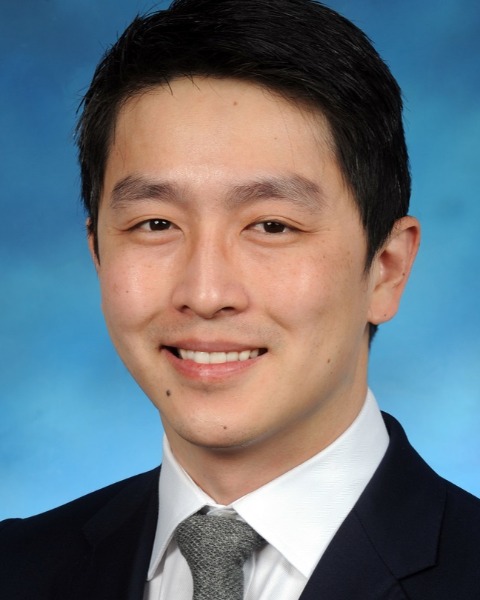Endocrine
E170: General Population Under-values Papillary Thyroid Microcarcinoma Health States Compared to Thyroid Cancer Survivors

Yinin Hu, MD (he/him/his)
Assistant Professor of Surgery
Department of Surgery, University of Maryland Baltimore, University of Maryland Marlene and Stewart Greenebaum Comprehensive Cancer Center
Baltimore, Maryland, United States
Kendyl Carlisle, MD
Resident
Department of Surgery, University of Maryland Baltimore
Baltimore, Maryland, United States
Kendyl Carlisle, MD
Resident
Department of Surgery, University of Maryland Baltimore
Baltimore, Maryland, United States
Kendyl Carlisle, MD
Resident
Department of Surgery, University of Maryland Baltimore
Baltimore, Maryland, United States- SR
Salome Ricci, PharmD, MS
Graduate Student
Department of Practice, Sciences, and Health Outcomes Research, University of Maryland School of Pharmacy, United States - AP
Aprill Park, BS
Medical Student
Department of Surgery, University of Maryland Baltimore, United States - JK
Justin Kim, BS
Medical Student
Department of Surgery, University of Maryland Baltimore, United States - AY
Alexa Yang, BS candidate
Undergraduate Student
Department of Surgery, University of Maryland Baltimore, United States - JS
Julia Slejko, PhD
Associate Professor of Practice, Sciences, and Health Outcomes Research
Department of Practice, Sciences, and Health Outcomes Research, University of Maryland School of Pharmacy. University of Maryland Marlene and Stewart Greenebaum Comprehensive Cancer Center, United States - CM
C. Daniel Mullins, PhD
Professor of Practice, Sciences, and Health Outcomes Research
Department of Practice, Sciences, and Health Outcomes Research, University of Maryland School of Pharmacy, United States - DT
Doug Turner, MD
Professor of Surgery
Department of Surgery, University of Maryland Baltimore, United States
ePoster Abstract Author(s)
Submitter(s)
Author(s)
Health utilities represent patient-reported values of various health states on a scale 0 = death to 1 = perfect health. Studies in breast cancer indicate that the general population underestimates health utilities compared to breast cancer survivors. Whether this finding applies to thyroid cancer is unknown. The objective of this study was to test the hypothesis that health utilities in papillary thyroid microcarcinoma (PTMC) differ between the general population (GP) and thyroid cancer survivors (TC).
Methods:
We created a time trade-off (TTO) instrument based on published clinical vignettes to elicit utility estimates for PTMC. Health states included partial and total thyroidectomy, active surveillance, radiofrequency ablation, and treatment complications. We enrolled TC from an institutional tumor registry and GP from a national volunteer database to complete the proctored TTO. Utilities were compared using t-test with adjustment to the threshold for significance to account for repeated testing (p < 0.005).
Results:
One hundred participants were enrolled (50 TC, 50 GP). Averaged across all 10 health states, GP-derived utilities were 0.04 lower (0.87 v 0.91) than those reported by TC (p < 0.001). Comparisons for individual health states were under-powered after Bonferroni correction, however, GP-derived utilities trended lower than TC for 9 out of 10 health states, indicating a consistent pattern (Table). Health states with the greatest magnitude of undervaluation by GP were total thyroidectomy (-0.06, p=0.027), total thyroidectomy with hypocalcemia (-0.10, p = 0.0002), active surveillance with progression (-0.06, p=0.017), and radiofrequency ablation with progression (-0.06, p=0.012).
Conclusions:
General population volunteers significantly undervalue PTMC health states relative to cancer survivors. This finding has implications for research and policy because there are inconsistencies regarding the source of utility estimates for cost- and comparative-effectiveness studies. Our results indicate that TC perceive most thyroid cancer health states to be better than the general population perceives.
Learning Objectives:
- Describe how the general populations' value of low-risk thyroid cancer differs from thyroid cancer survivors.
- Demonstrate a basic understanding of health utility as it applies to patient-preferred value.
- Define overall trends in value for papillary thyroid microcarcinoma treatment states.
